- Call us: 01444 237070
- Contact Us
- Stores
- Sign In / Register
-
- Back
- Used Cameras
- Used Accessories
- Used Lenses
- Used Video
- Used Film Equipment
- Used Stock Alert
- Used Blank Test
- Sell or Part Exchange
- Used Clearance
- Recently Added Used Equipment
- Park Picks
- All Used Black Friday Deals
- Faulty
- Trade-In
- Blog
- New in
- Call us
- Contact us
- Stores
- Sign in
- Categories
- Tips & Inspiration
- Reviews
- News
- Events
- Features
- Buying Guides
- Competitions
Is the Nikon D850 Still Worth Buying
Having been a lucky and enthusiastic owner of a Nikon D810 for several years, I was eager to get my hands on a second-hand Nikon D850 to see how it measures up in today’s world, which is dominated by mirrorless systems. The Nikon D850 camera is known as being one of the most popular and well-rounded full-frame Nikon DSLRs ever made, thanks to a 45.7MP sensor that remains highly competitive to this day. It also boasts fast autofocus, which it inherited from the D5, and even offers 4K/30fps video recording.
In this hands-on review, we’ll try and answer the question whether the Nikon D850 Still Worth Buying in 2025? So if you’re considering upgrading from an earlier model, or moving directly onto this Nikon DSLR, join us as we explore key features and capabilities to help you decide if it’s the perfect fit for your photography.
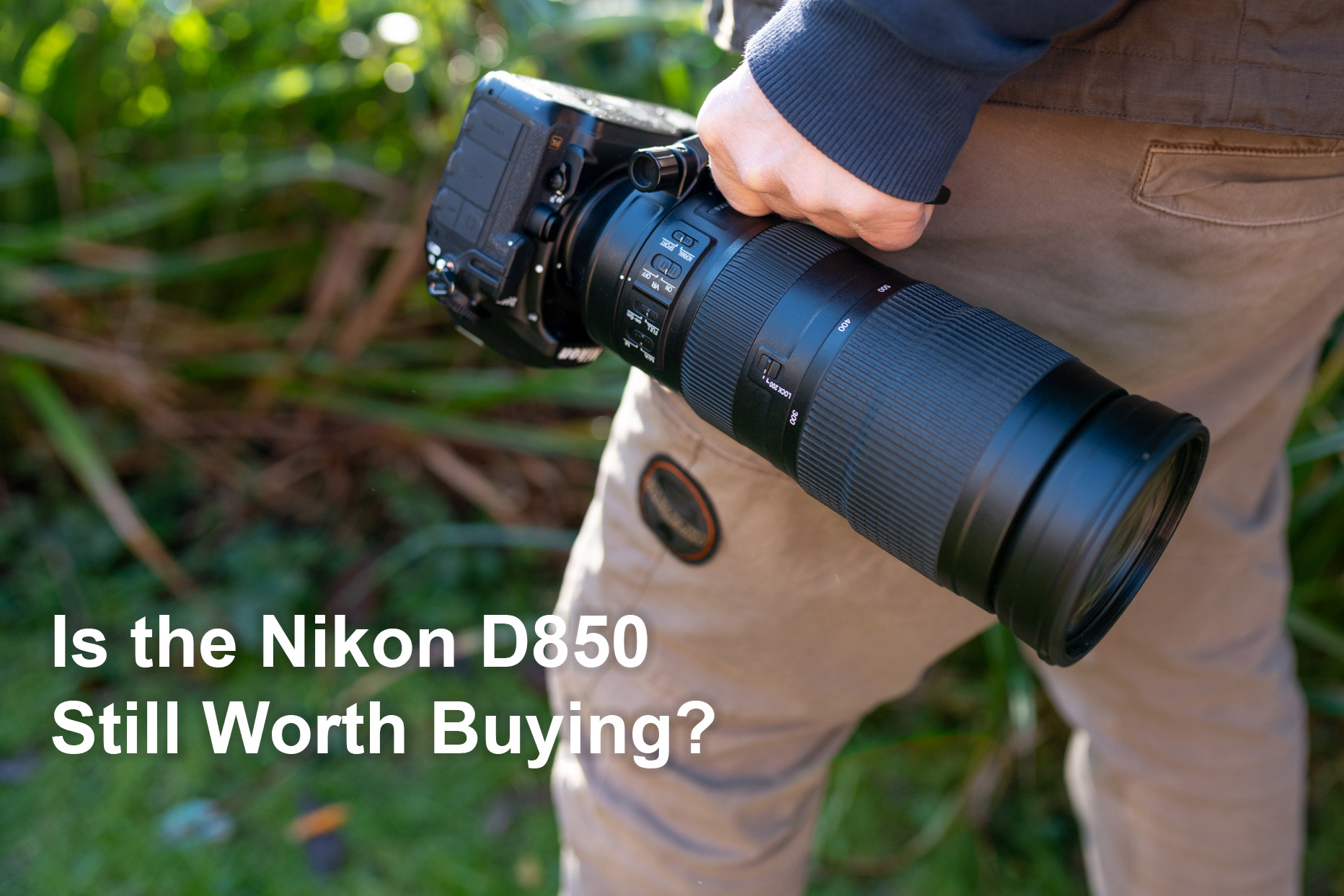
So without further ado let’s begin… with some background.
Background
Before diving in, here’s a quick overview of this legendary camera. The Nikon D850 was released in 2017 and quickly became one of the most popular full-frame DSLRs. It is widely recognised for its impressive battery life, high ISO performance, and exceptional image quality. With a 45.7MP sensor and a wealth of features, the D850 caters to professional photographers as well as more serious enthusiasts.
Whether you like to photograph landscapes, portraits, wildlife, or action, this Nikon camera offers a great combination of resolution, speed, and dynamic range to meet those needs. Although new DSLRs releases have declined, the D850 remains a strong choice for photographers who want a durable, and feature-packed pro-level camera.
As mirrorless systems dominate the market, the D850 proves there is still demand for a DSLR capable of delivering outstanding results across different photographic styles. But how much can you expect to pay for it in 2025? Let’s find out next.
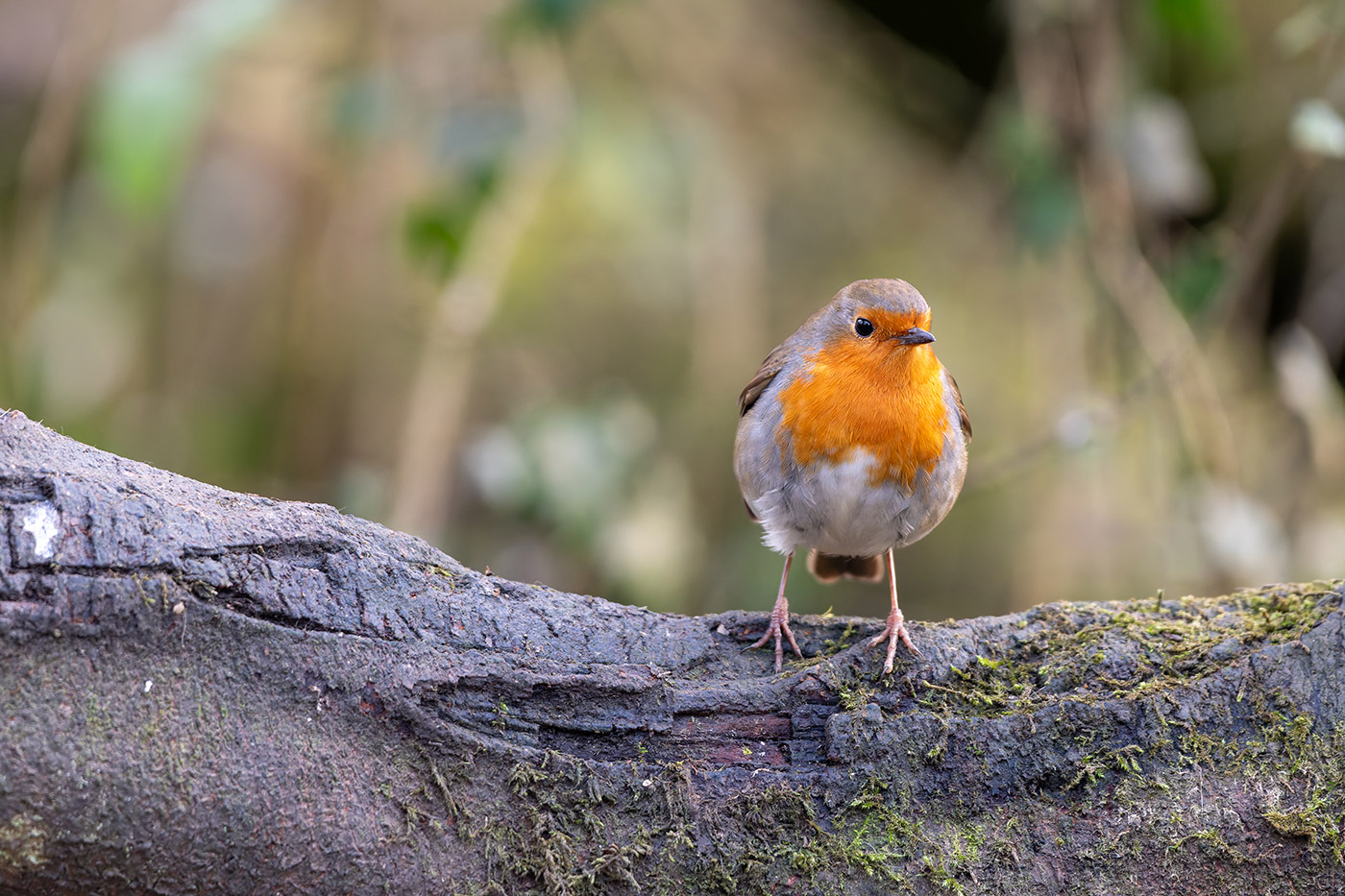
Sample 01 Nikon D850 Robin with Nikon 200-500mm F/5.6E VR F Mount Lens. Camera settings: 1/250 sec. f/5.6. ISO 2800 (right click to open larger)
How much is the Nikon D850?
The Nikon D850 cost varies depending on whether you purchase a brand new or pre-owned model. As of 2025, a used D850 Nikon price starts at around £879.00 for bodies in good condition, although pristine examples typically command higher prices, which is exceptional value considering the level of features.
If you’re buying new expect to pay around £2,799.00, which is quite a premium compared to the second-hand market. It’s worth noting that with its durable build quality and ongoing availability, the D850 is a sought-after option both new and used.
Whether you buy new or used, don’t forget to budget for a lens (or two). In order to get the most out of your D850, you’ll need a compatible Nikon F mount DSLR lens. Nikon has manufactured a wide range of zoom and prime options to suit every conceivable shooting style. Just as with camera bodies, lenses are available new, and there are plenty of used Nikon lenses to choose from, with the used market often providing better value for enthusiasts on a budget. Later in this review, we’ll explore some options to complement the camera, so that you can build the perfect kit from day one.
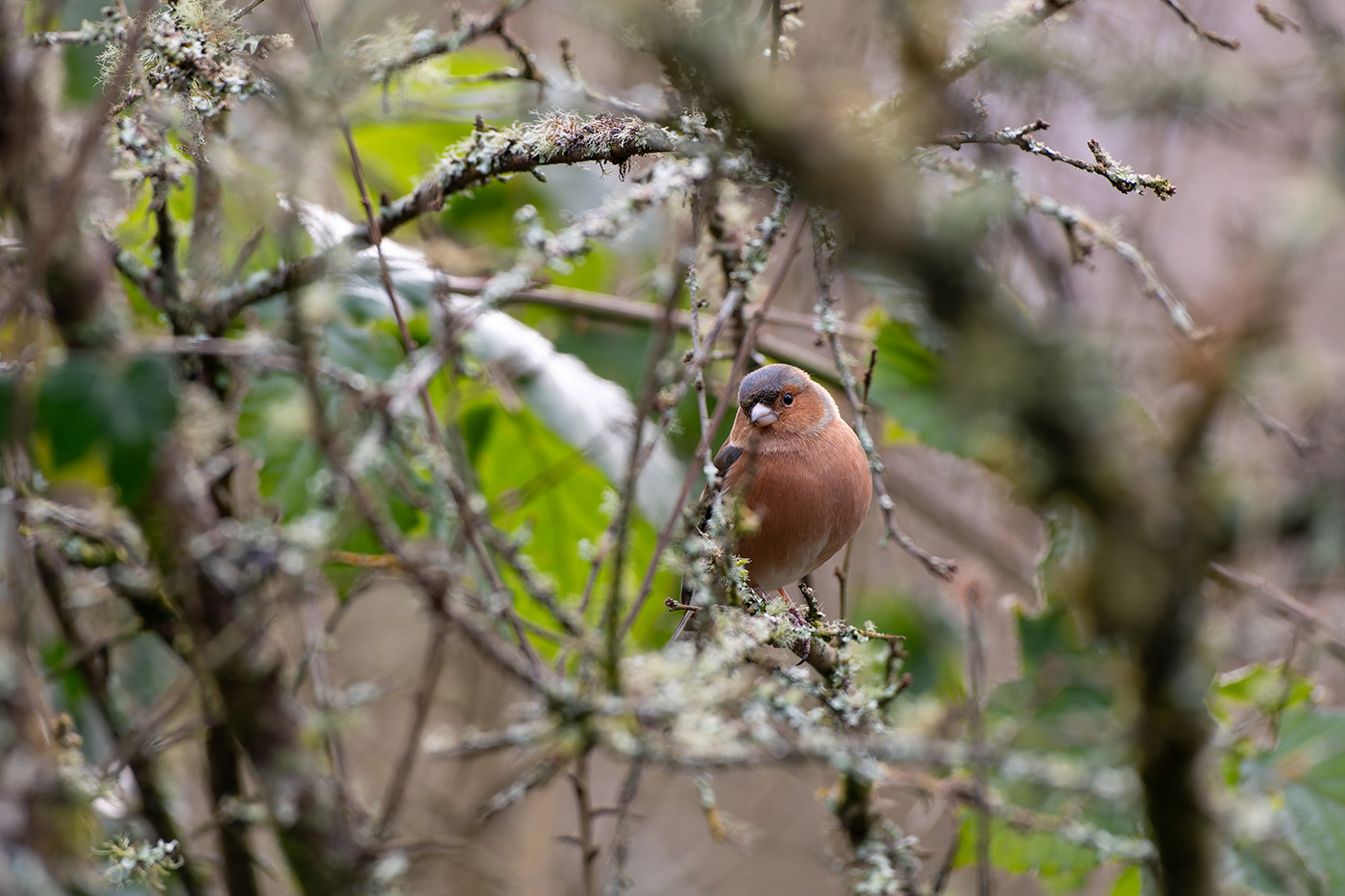
Sample 02 Nikon D850 Chaffinch with Nikon 200-500mm F/5.6E VR F Mount Lens. Camera settings: 1/640 sec. f/6.3. ISO 2500 (right click to open larger)
Should you buy a second hand camera?
Buying a second-hand camera like the D850 can be an excellent way to save money while still enjoying professional-level features. If you’re considering this option, it’s crucial to purchase from a trusted second-hand store that provides a warranty, ensuring peace of mind and protection against potential issues.
At Park Cameras, all used equipment is inspected prior to sale, and comes with a standard six-month warranty to provide buyers with confidence. You can search for a used Nikon D850 online, and note the difference in prices due to condition, shutter count and other factors, which are all mentioned in the listing.
Opting for a pre-owned camera not only saves money but can also free up your budget for lenses, accessories, or upgrades to enhance your kit. To learn more about the benefits of buying used gear, check out our blog post Should You Buy Used Camera Equipment?, which covers everything from what to look for when purchasing second-hand, to how it can help you build your photography setup without stretching the budget too far.
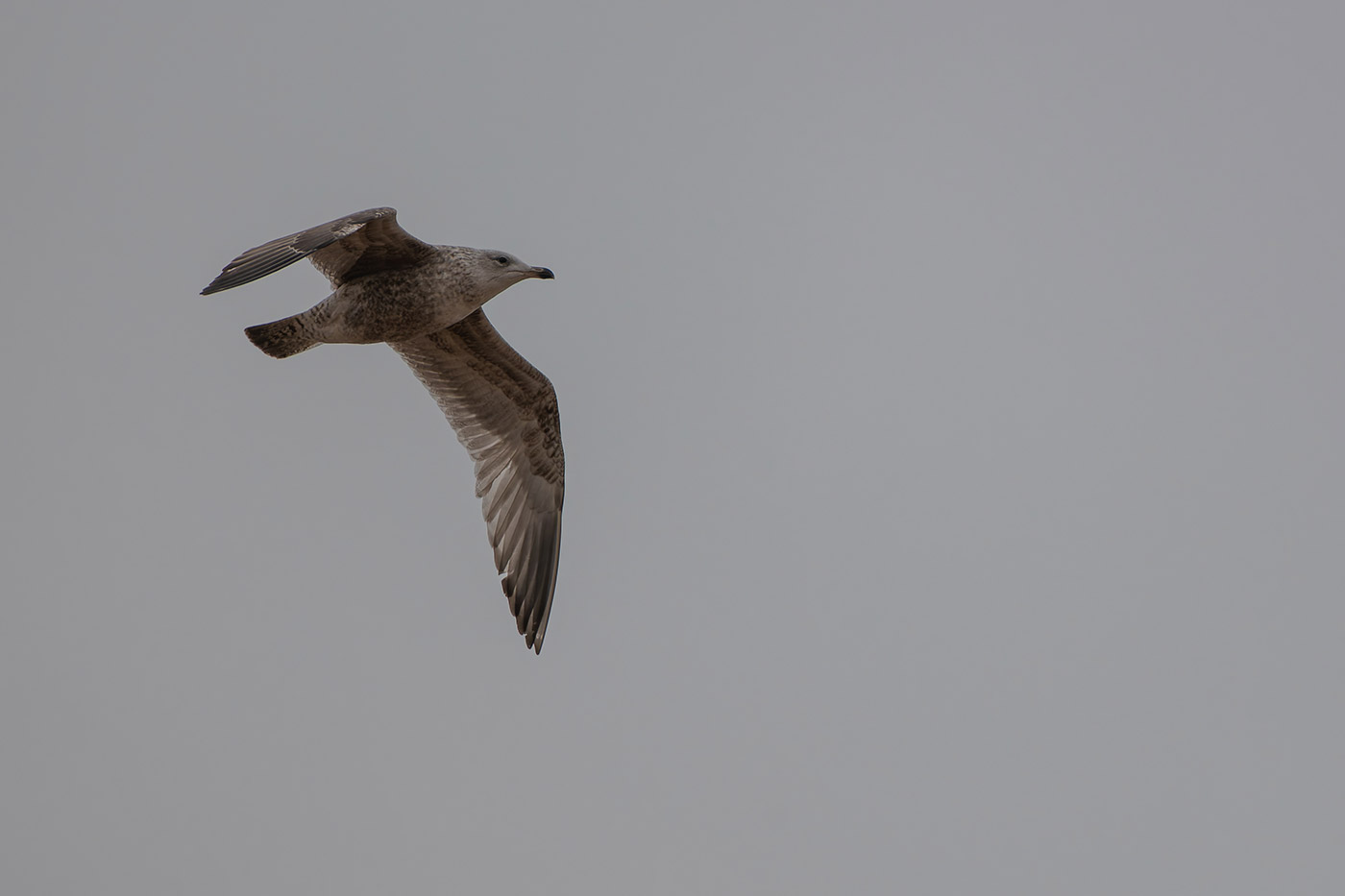
Sample 03 Nikon D850 Seagull in flight with Nikon 200-500mm F/5.6E VR F Mount Lens. Camera settings: 1/2000 sec. f/5.6. ISO 320 (right click to open larger)
Which is the Better Choice, DSLR or Mirrorless?
The mirrorless vs DSLR debate continues among photographers, but it often comes down to what you the user, values most. Mirrorless cameras boast the latest technology, smaller bodies, and advanced features like real-time electronic viewfinders. However, mirrorless typically comes at a premium price, especially for pro-level models with comparable lenses.
For those who lean towards value, a high-end DSLR like the Nikon D850 offers really great performance at a lower cost than a comparable mirrorless setup. You can pair the D850 with professional-quality used lenses, while still spending significantly less than on a mirrorless system. DSLRs also benefit from longer battery life, a wider range of native lenses in the case of F mount vs Z mount, and an optical viewfinder, which many photographers still prefer.
That said, DSLRs lack some of the latest innovations, like improved eye tracking or lighter camera bodies. But if cost, reliability, and pro-grade results matter, a DSLR remains an excellent choice.
With that all said, let’s take a moment to look more closely at the D850 itself.
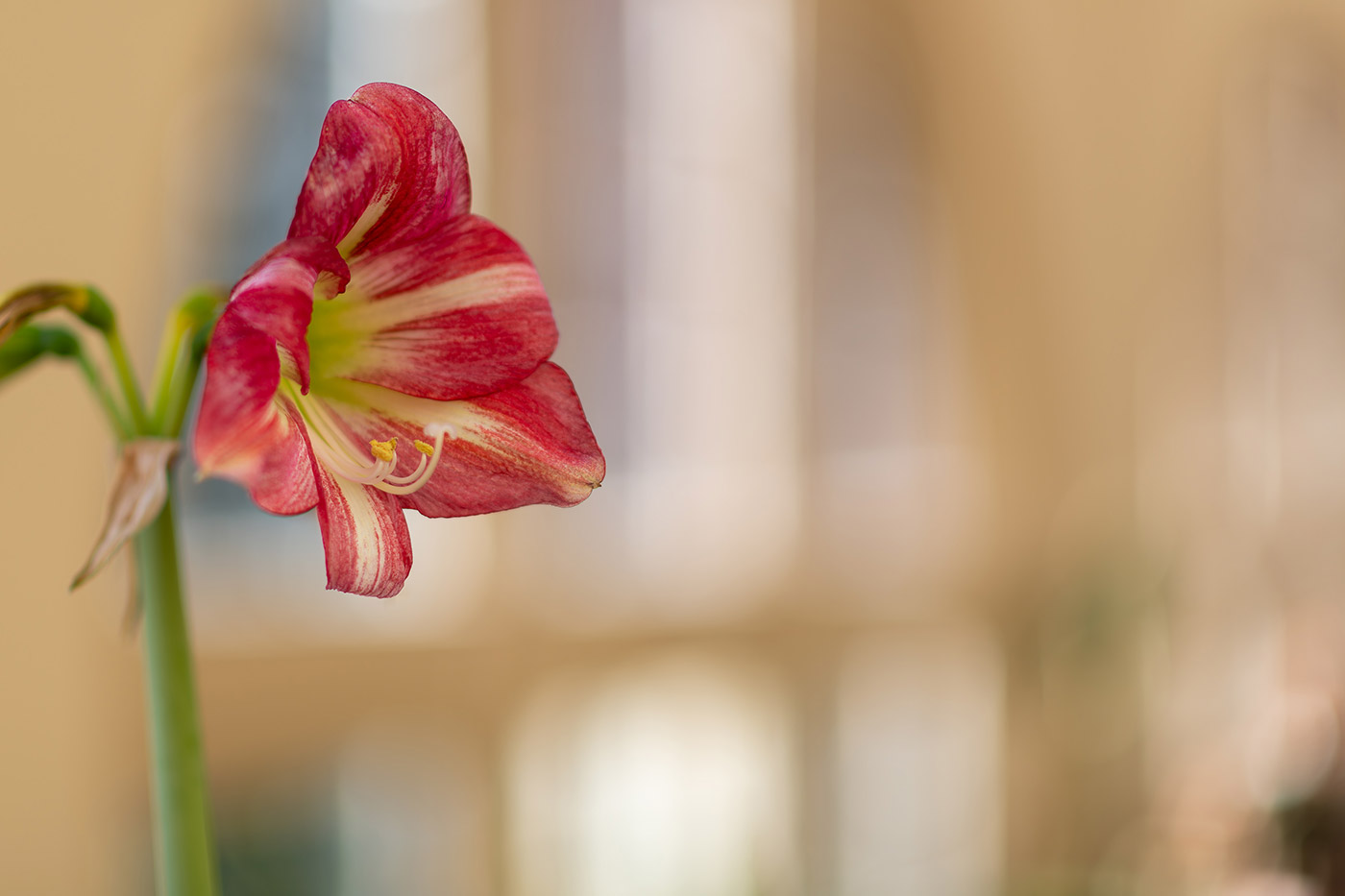
Sample 04 Nikon D850 Flower with Nikon 85mm F/1.4G F Mount Lens. Camera settings: 1/640 sec. f/1.4. ISO64 (right click to open larger)
Nikon D850 key features
The Nikon D850 is capable of professional image quality and is known for being versatile enough to shoot a broad variety of subjects, which is down to key features including:
- A 45.7MP FX-Format (full-frame) BSI CMOS Sensor with great detail and wide dynamic range
- EXPEED 5 Image Processor with noticeably fast and efficient performance (it is almost instantly ready when you switch it on for example)
- 3.2-inch tilting touchscreen LCD allows flexible navigation and top/bottom shooting angles
- 4K UHD video recording at 30fps
- A phase-detection autofocus system with 153 focus points
- Native ISO range of 64-25,600 and -4EV low light AF
- Continuous burst is available at 7fps, expandable to 9fps with a Nikon MB-D18 Battery Grip, which pushes the camera towards sports, action, wildlife and faster-paced subjects
- 4K / 8K time-lapse, and focus shift mode offer more advanced creative content
- Dual slots for XQD and SD cards - you can also use high-speed CFexpress Type B cards in place of the XQD, which offers the ultimate speed
- A burly weather-sealed magnesium alloy body is capable of withstanding tough environments
Although I didn’t have the opportunity to test all of these features, several came in handy while I captured small birds, birds in flight and other quite tricky subjects.
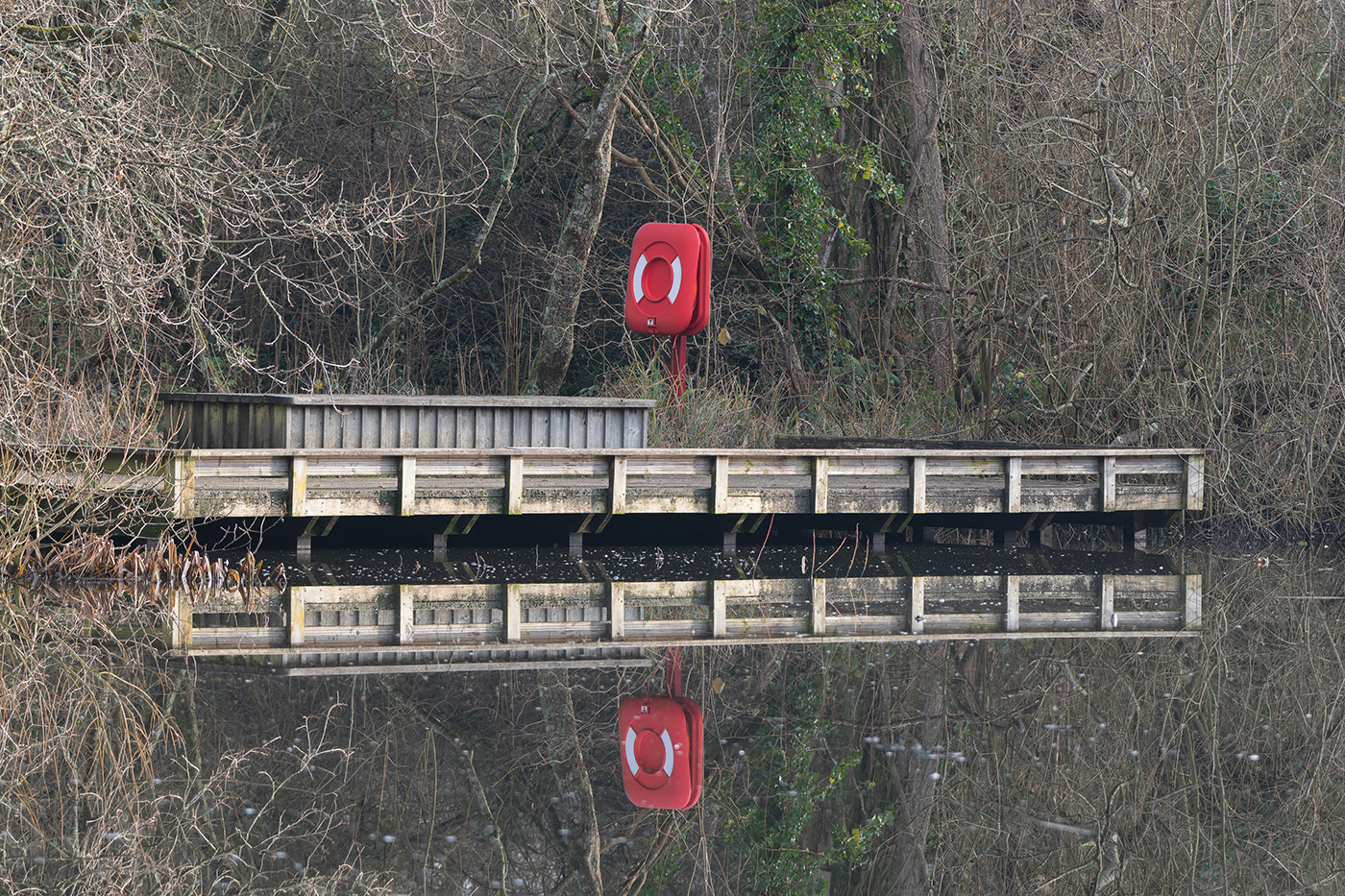
Sample 05 Nikon D850 Pond Life with Nikon 200-500mm F/5.6E VR F Mount Lens. Camera settings: 1/500 sec. f/6.3. ISO 1100 (right click to open larger)
Nikon Z8 vs D850
The Nikon Z8 is often regarded as the spiritual successor to the D850, making a comparison between the two particularly relevant. I was fortunate to also get to test the Z8 and explore its capabilities for our Nikon Z8 Review. Both cameras rank among Nikon’s most popular full-frame models ever, offering advanced features for experienced users and the versatility to capture virtually any genre, including video. While the Z8 packs a more efficient AF system, it is let down by battery performance compared to the D850, but both provide incredible capabilities for any level of photographer.
Let’s find out more about genres and styles next.
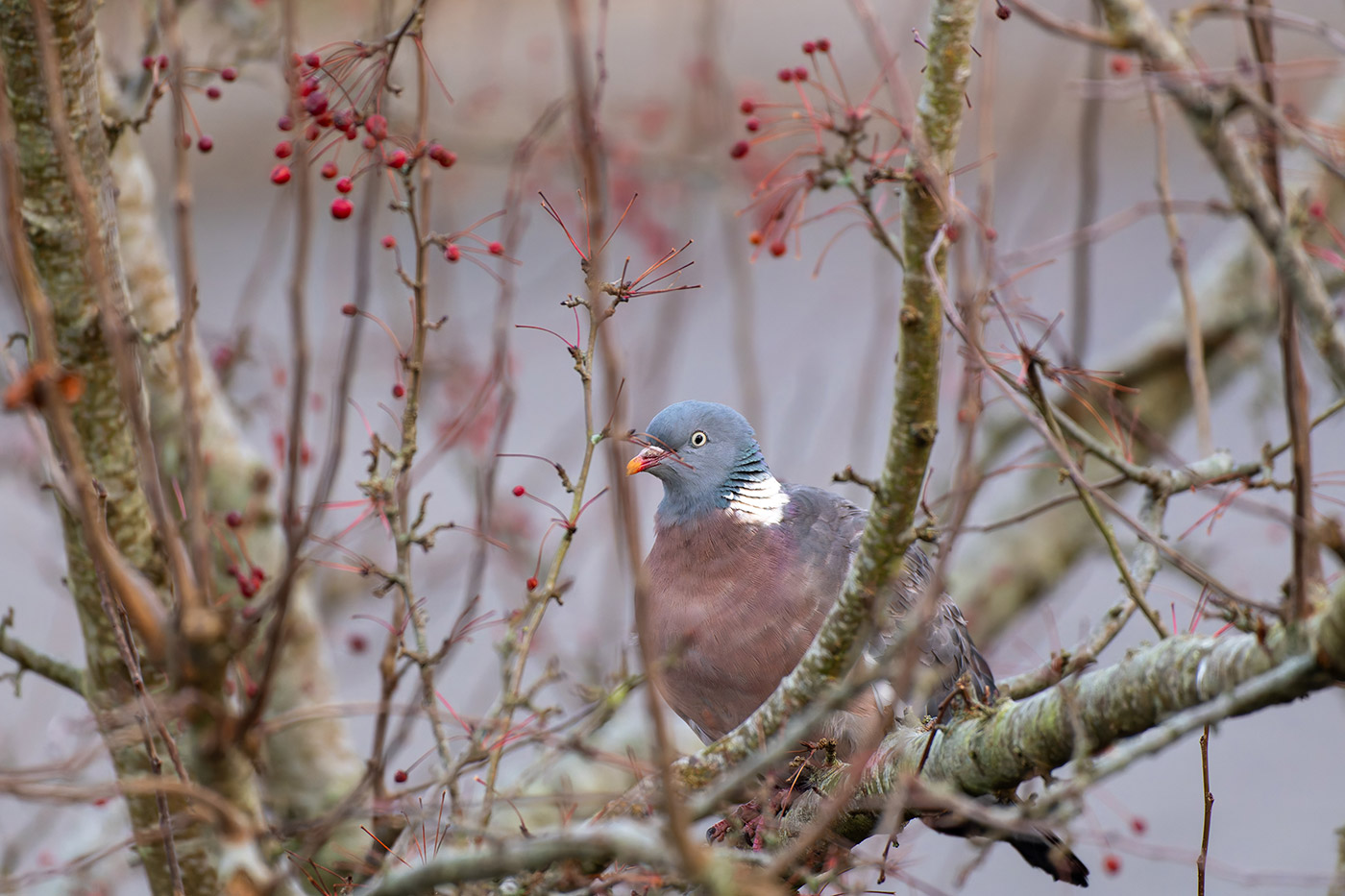
Sample 06 Nikon D850 Wood Pigeon with Nikon 200-500mm F/5.6E VR F Mount Lens. Camera settings: 1/500 sec. f/5.6. ISO 4000 (right click to open larger)
What subjects is the D850 for?
The D850 is a versatile camera that performs well across a wide range of photographic genres. This is due to its 45.7MP sensor, wide dynamic range, accurate colour, and robust AF system from the era’s flagship D5. Its high resolution makes it particularly suitable for capturing shots with lots of detail and for cropping, while its weather sealing and durable build enable use in outdoor environments.
Whether you’re a professional or an enthusiast, the D850’s extensive feature set caters to creative and technical demands, delivering excellent results across multiple disciplines. Its ability to shoot at up to 9fps with the battery grip makes it adept at fast-moving subjects, though it doesn’t match the speeds of the Z8 and other modern mirrorless cameras.
However, how often and for how long do you really need to shoot at over 7fps or 9fps? For professional sports that would be a limitation, but for most of us, most of the time, this camera is no doubt fast enough.
Subjects this camera handles with aplomb include:
- Family photography and portraiture
- Landscapes
- Street photography and reportage (although it is pretty bulky and heavy)
- Macro and detail shots
- Sports, action and wildlife - good buffering with up to 40 full resolution frames before filling, or significantly more in crop mode
- Fashion and commercial
- Weddings and events
- General photography
- Video
There’s very little the D850 cannot do, however, it’s important to note that this is a prosumer body, which is larger than any compact DSLR or mirrorless system body, making it less discreet for certain situations. That said, it balances exceptionally well with longer or heavier lenses, which we explore next.
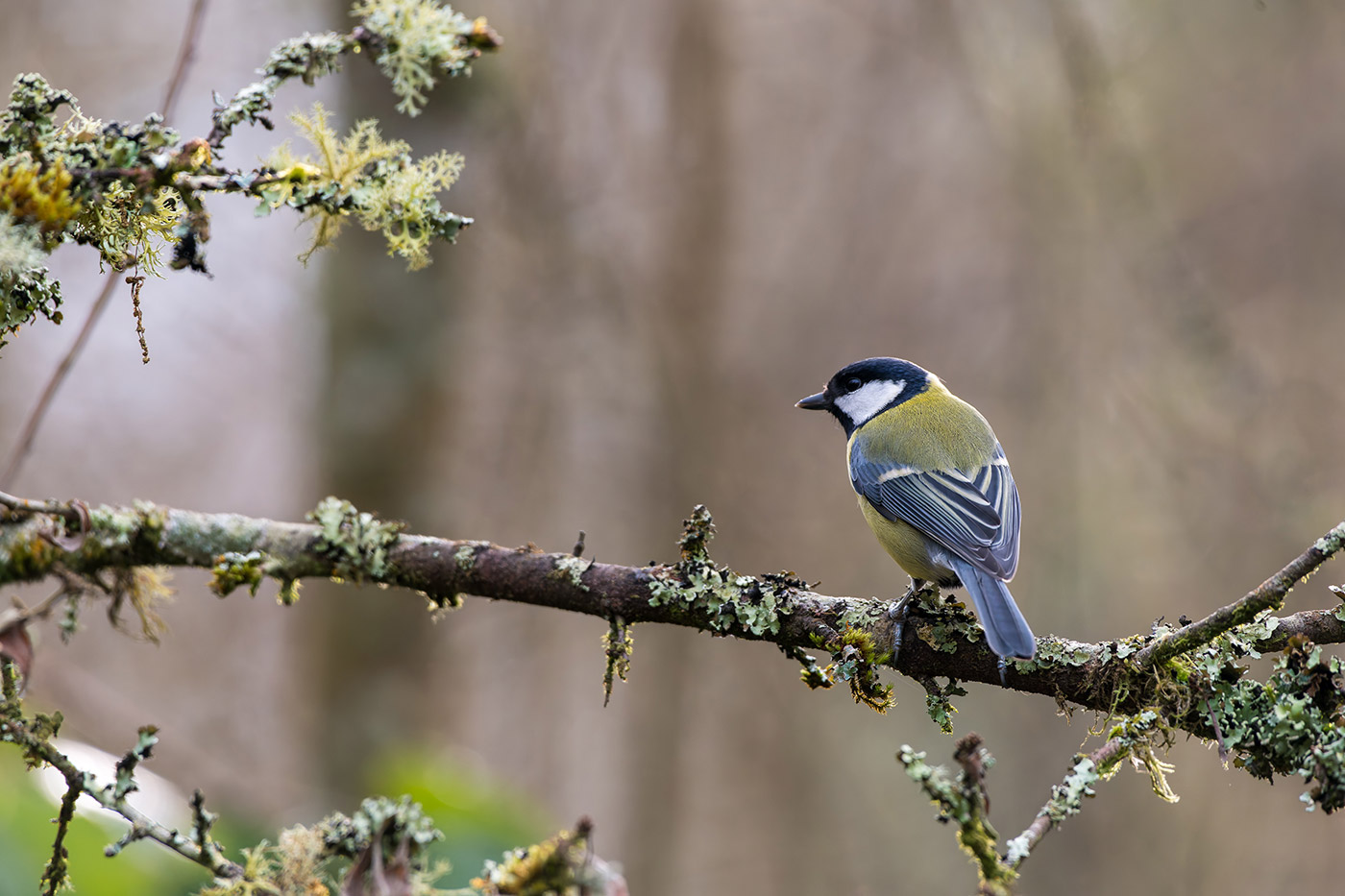
Sample 07 Nikon D850 Great tit with Nikon 200-500mm F/5.6E VR F Mount Lens. Camera settings: 1/640 sec. f/6.3. ISO 4000 (right click to open larger)
Nikon F mount lenses
With a history spanning over 60 years, there is a vast selection of F-mount DSLR lenses available, both new and used. For this review, I primarily shot with a Used Nikon 200-500mm F/5.6E VR F Mount Lens as well as a Used Nikon 85mm F/1.4G F Mount Lens.
I have to start by highlighting the incredible value of these used Nikon lenses, with prices starting at £449.00 for the 85mm f/1.4 and just £709.00 for the super-telephoto zoom. This is significantly less than the cost of equivalent mirrorless lenses, though it’s worth noting that optical technology has also evolved in recent years.
With the camera and lens combination, it was possible to achieve fantastic results across a range of subjects, including small birds, wildlife, and everyday snapshots that I encountered along the way. All sample images in this review have been processed as I normally would, including noise reduction, contrast adjustments, and cropping, but how about the camera’s handling, which is a key driver for buying a DSLR.
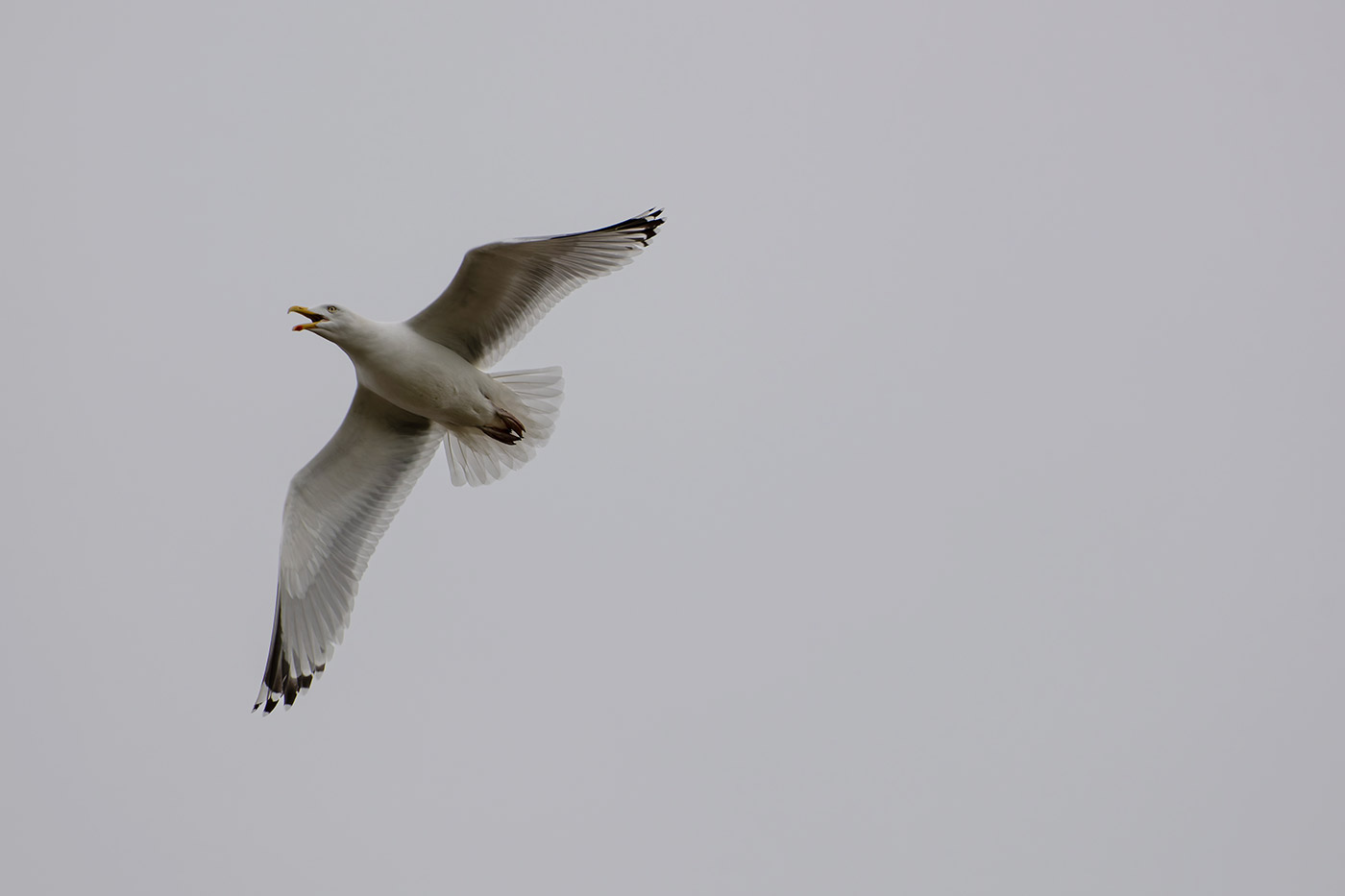
Sample 08 Nikon D850 Seagull II in flight with Nikon 200-500mm F/5.6E VR F Mount Lens. Camera settings: 1/1600 sec. f/5.6. ISO 250 (right click to open larger)
Things we love about the Nikon D850s handling
When you first get the D850 in hand, it feels… chunky. Chunky in a good way, with a deep, soft, rubberised grip and rugged-feeling buttons. If you have smaller hands, this may not be the body for you, but with my big fingers, it felt just right, if a bit heavier than I’m used to.
- Familiar handling even by today’s standards, with a touchscreen LCD that allows you to scroll through images, pinch to zoom, rate shots and touch to focus.
- The LCD also scores well with tilting functionality, which allows you to shoot from awkward angles without having to crawl around on the ground. It does not fold out to the side, but you’re unlikely to be vlogging or capturing selfies with this particular camera.
- The grip is excellent for anyone with larger hands.
- Great button layout, which includes the joystick, AF/MF switch, a four button top panel controller and just about every physical button you could want or need.
- I love the Optical Viewfinder (OVF), which is crystal clear and large enough. I’d forgotten how clear an optical viewfinder can be.
- I’m going to throw in battery life as the last benefit. Although it’s not strictly part of handling, it does impact usability, and you can get around 1,840 shots from a single charge, which is simply staggering compared to most mirrorless cameras. The Z8 manages around 340 shots, while the flagship (and considerably larger) Z9 offers around 740 shots. If you need sustained shooting power, the D850 is a real winner.
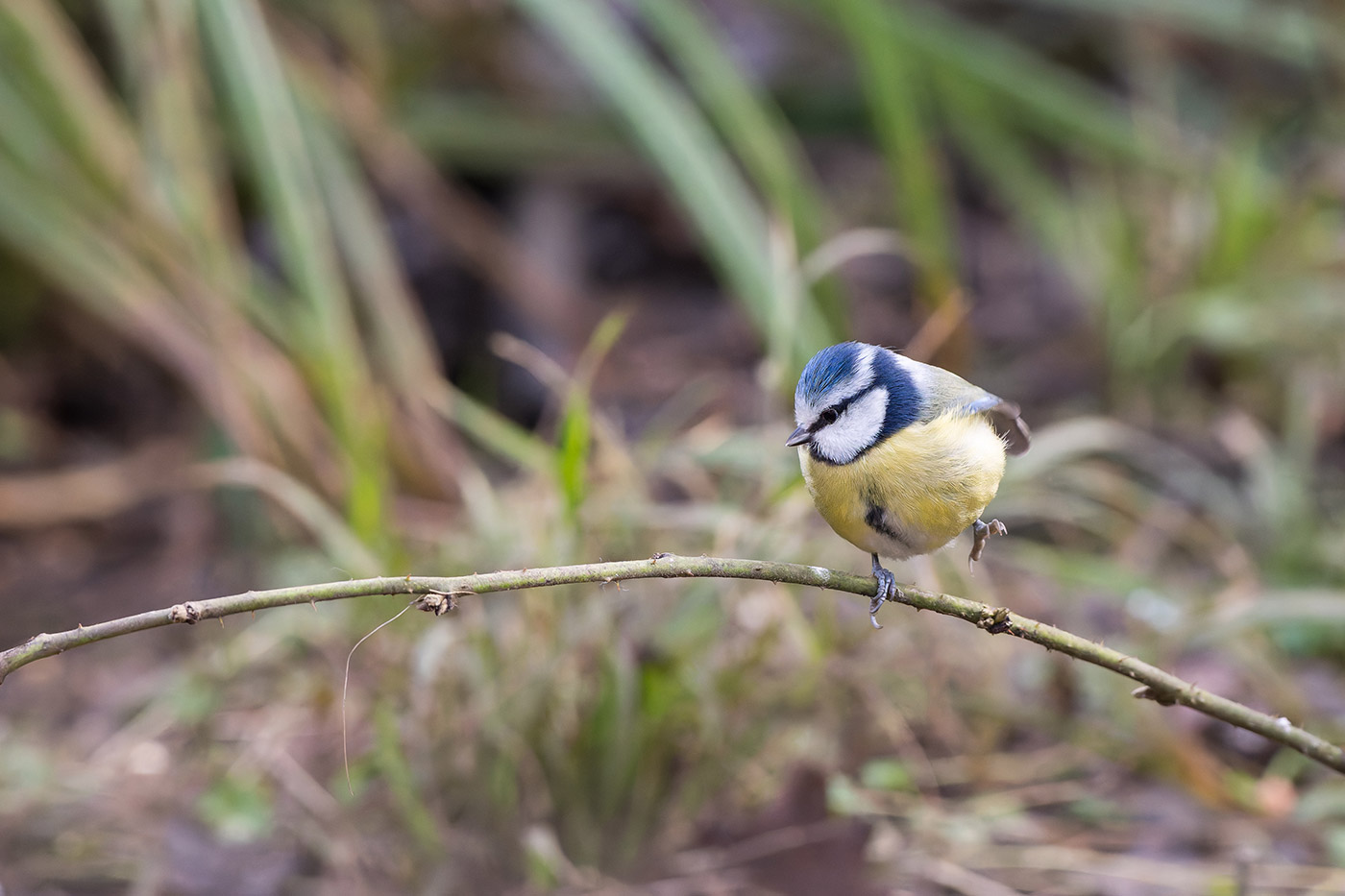
Sample 09 Nikon D850 Blue tit stomp with Nikon 200-500mm F/5.6E VR F Mount Lens. Camera settings: 1/1000 sec. f/6.3. ISO 10000 (right click to open larger)
Lets talk about weight
If you’re more familiar with a lightweight mirrorless camera, the D850 may come as a bit of a shock. The body weighs 915g, and the zoom lens I opted for adds another 2.3kg, which is about my limit for handheld shooting.
In practice, I often found myself looking around for a monopod, which sadly wasn’t available. Be prepared for a workout as his setup feels very similar to using the Nikon Z 180-600mm (2kg) paired with the 910g Z8 body. That being said, there’s little difference in size and weight between the Nikon D850 and large-sized mirrorless cameras like the Z8 or Z9, so it really does depend on what you’re used to.
Image quality
Shooting with the D850 felt like revisiting an old favourite, with Nikon’s RAW files offering excellent post-processing flexibility. Dynamic range is superb, allowing for significant highlight and shadow recovery without introducing excessive noise. Detail is crisp, and colours are natural and well-balanced, providing results whether opting for straight-out-of-camera JPEGs or more intensive edits.
Coming from the Sony A7R V, I’m accustomed to high-resolution sensors, and the D850 holds up impressively well with results on par with the newer Z8. It is definitely a highly capable choice for photographers who need this level of detail and tonality from their images.
All of the sample images here include AI noise reduction, as I would typically apply nowadays, but even unprocessed files demonstrate a clean and refined output. For those who need great image quality, the D850 is able to deliver everything you could ask for, with exceptional detail, accurate colour reproduction, and plenty of dynamic range to bring the very best out of any scene.
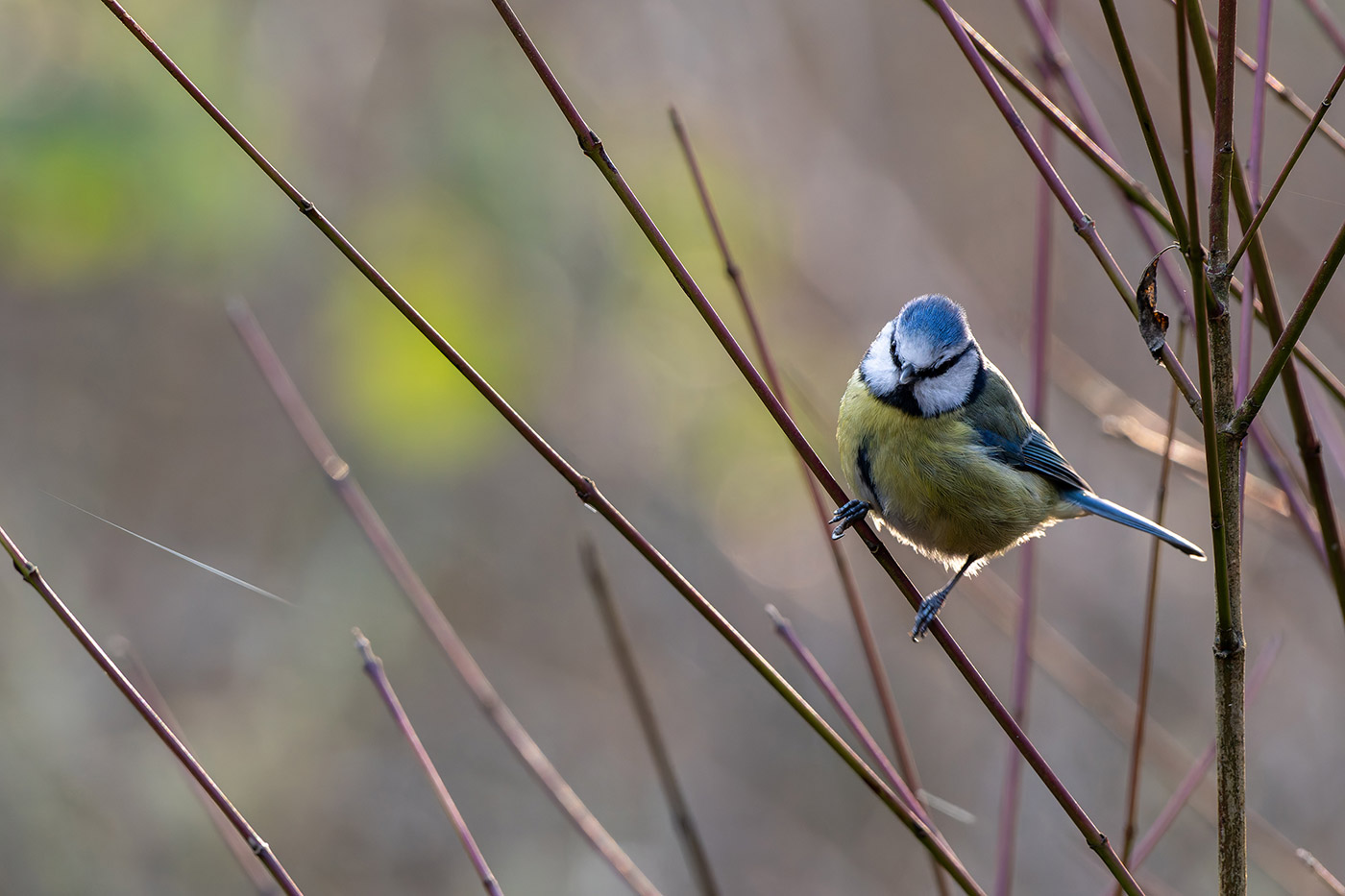
Sample 10 Nikon D850 Blue titanium in the bush with Nikon 200-500mm F/5.6E VR F Mount Lens. Camera settings: 1/1000 sec. f/6.3. ISO 4000 (right click to open larger)
Autofocus
Aside from video, AF is perhaps where mirrorless cameras have advanced the most compared to DSLRs. Nikon and most other manufacturers now employ artificial intelligence to recognise and track a variety of subjects, something the D850 simply doesn’t offer. That said, I still got plenty of keepers when photographing static birds, more predictable birds in flight at the beach, and running dogs.
Where this limitation may impact results is with erratically moving subjects or when absolute critical sharpness is needed despite significant movement. In reality, we are quite spoiled with the latest AF technology advances, and I am used to shooting with manual lenses, as well as relying on a joystick to move the focus point, something I naturally reverted to for certain subjects. When shooting with the PDAF system there are different bias settings to refine AF, however I was happy to stick to default settings during my time.
All things considered I was pretty pleased with the results, and I achieved around the same number of in-focus shots as I typically get with my A7R V.
This is a high-performance camera, designed to tackle everything from landscapes and wildlife to fashion, editorial, and portrait photography. The D850’s 45.7MP sensor delivers exceptional detail, allowing for generous cropping, and its dynamic range is impressive.
One of its biggest advantages is the wealth of available F-mount lenses, many of which can be found at a fraction of the cost of their Z-mount equivalents. If you’re comfortable with a DSLR’s handling and don’t need the very latest mirrorless innovations, the D850 still is a very capable option.
Browse our extensive range of used Nikon cameras and used lenses, or head straight over to find a second-hand Nikon D850 and experience first-hand just how accomplished this DSLR is. All of our used equipment includes a free six-month warranty (unless stated otherwise), and is backed by exceptional service and industry expertise.
If you’re buying second-hand, it’s always best to choose a reputable dealer that offers a warranty for peace of mind, while protecting you from potential disappointment if a private seller isn’t upfront about a camera’s condition.
Share this post:
By Nick Dautlich on 12/02/2025
Nick Dautlich
Senior Content Writer and Product Reviewer
Nick Dautlich is the Senior Content Writer and Product Reviewer at Park Cameras, with over 15 years of photography experience. A Sony Imaging Professional and expert reviewer, Nick has worked with major brands such as Canon, Sony and Nikon. His work is also featured on Vanguard World UK’s website, Capture Landscapes, and Shutter Evolve. Nick’s photography includes National Trust projects and magazine covers and he is passionate about landscapes and storytelling. Nick also enjoys hiking and teaching his children about nature. Learn more on his profile page.
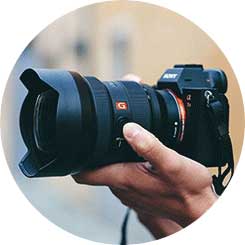
Trade in your old equipment
Fast and easy trade in service ensures your old gear is collected efficiently and you are paid quickly! It's very simple to trade in your unwanted photography gear. Just head over to our dedicated Sell or Part Exchange page, fill out the details, and we'll get back to you with an offer for your old gear. Take the cash, or put it towards the cost of your new gear. It's up to you! Find out more
sign up to the newsletter
Keep up to date on the latest photography news, events and offers. Sign up now
